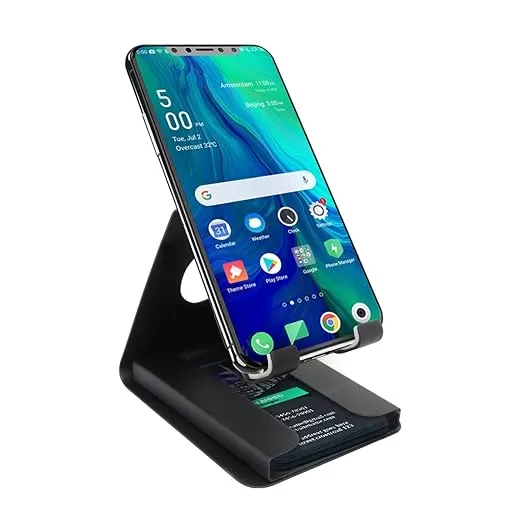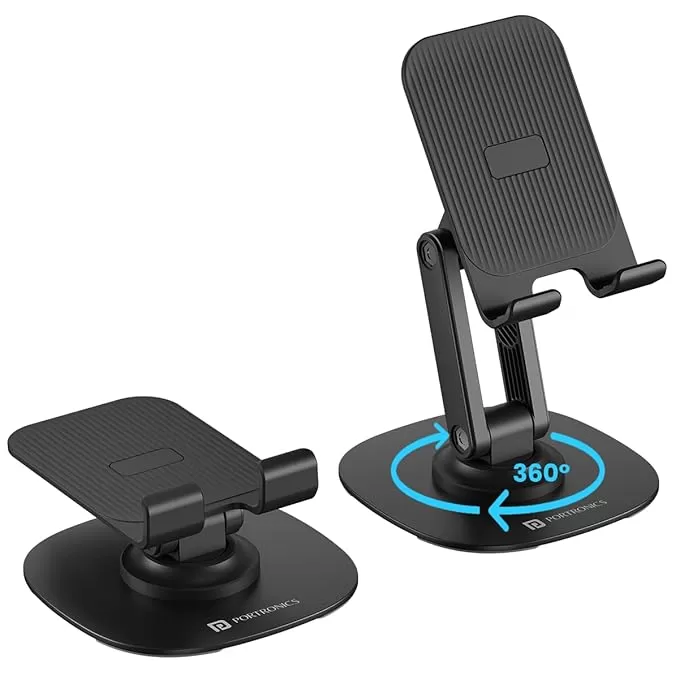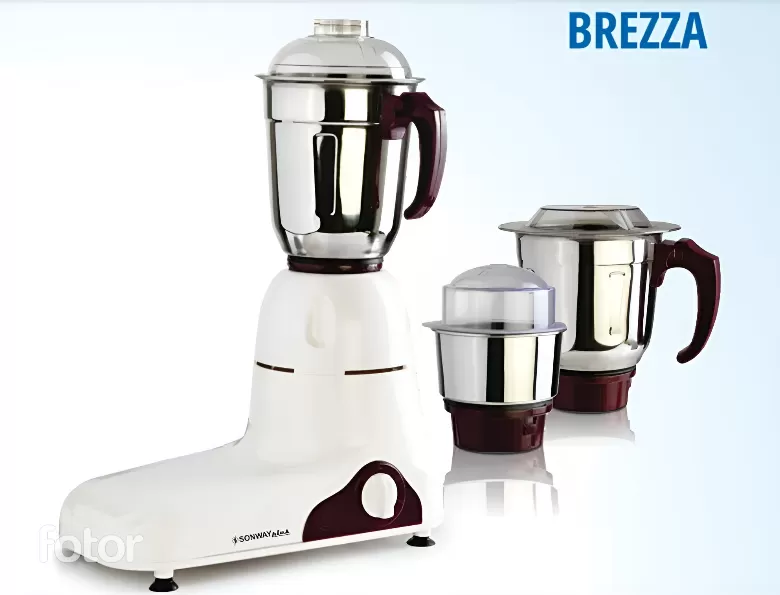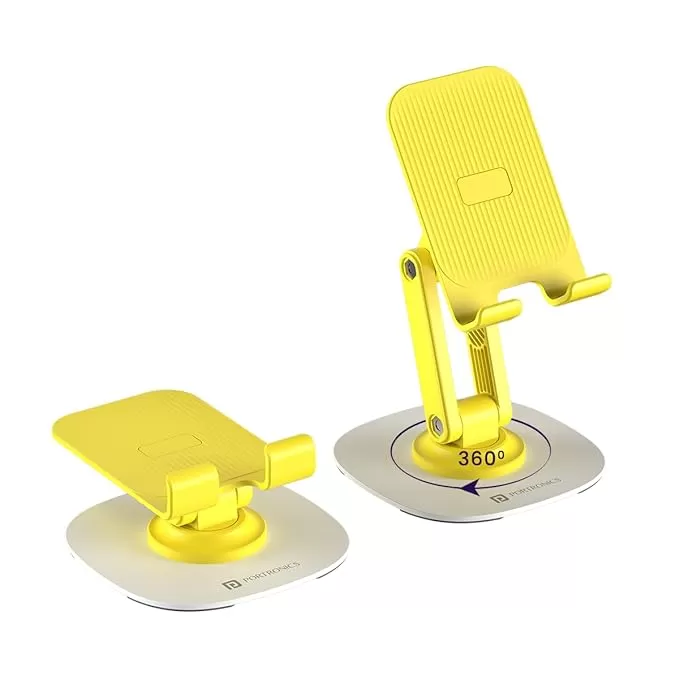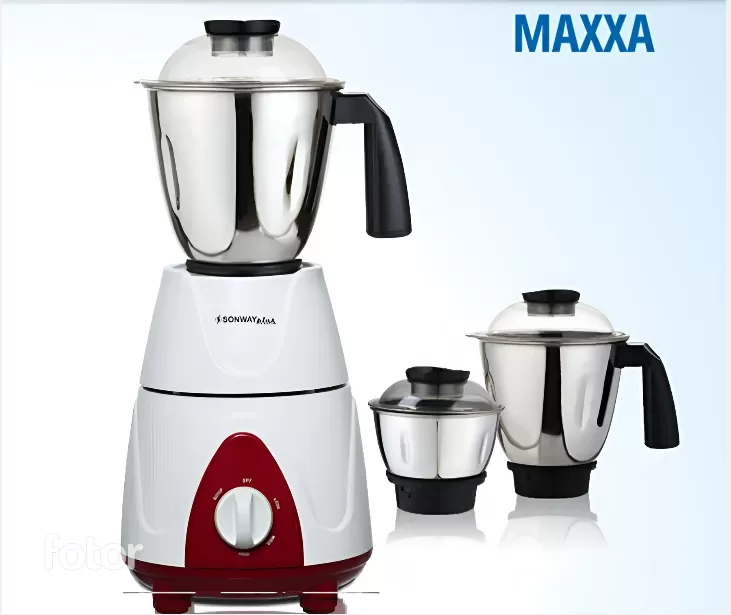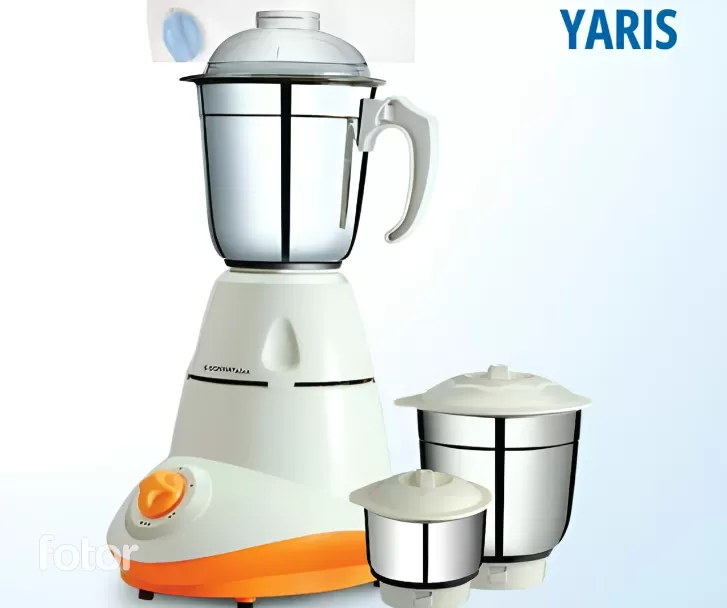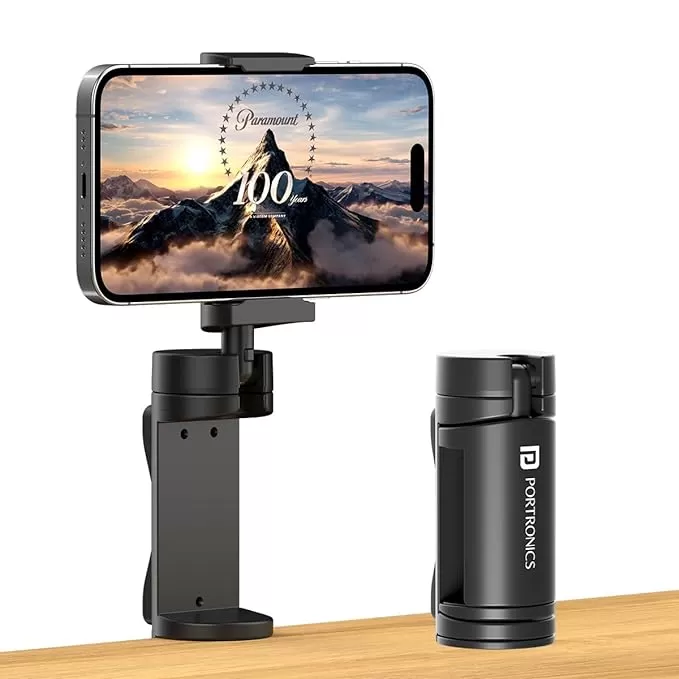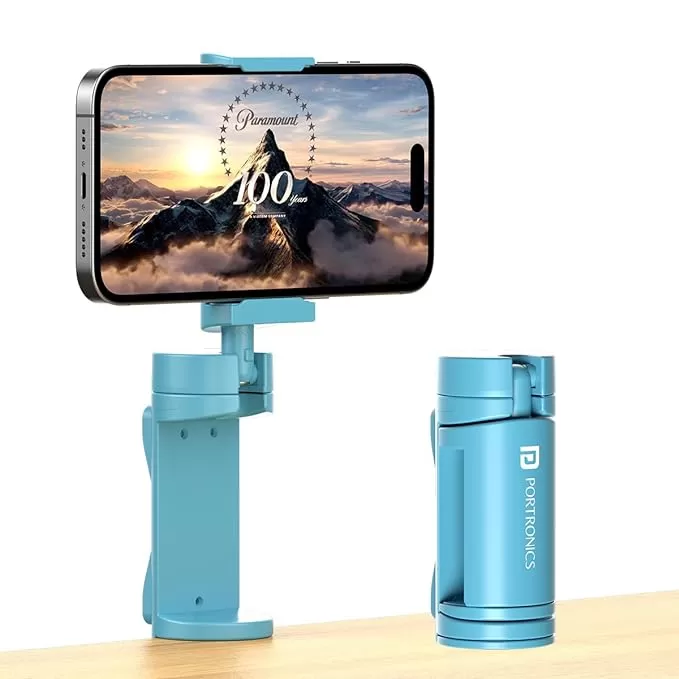Portronics Power Plate 9 with 3 USB Ports + 8 Power Sockets Power
- Equipped with 8 power sockets, it allows multiple devices to be plugged in simultaneously, reducing the need for multiple power strips and providing a more organized setup.
- The sleek blue design adds a modern and stylish touch to your workspace or home, while its compact size makes it easy to fit in various spaces.
- With multiple sockets and USB ports in one unit, managing power connections becomes more convenient, reducing clutter and improving organization.
The 3-meter cord length offers flexibility in positioning the power strip, allowing it to reach distant power outlets and providing more convenience in placement.
Sonway Plus Harrier Mixer Grinder, For Wet & Dry Grinding, 900W
- Powerful 900W Motor: Delivers efficient and quick grinding for both wet and dry ingredients.
- Versatile Grinding: Suitable for a variety of tasks, including making pastes, powders, smoothies, and more.
- Multiple Jars: Typically includes different jars for wet and dry grinding, catering to diverse cooking needs.
- Durable Blades: Equipped with high-quality, stainless steel blades for consistent performance and long-lasting use.
- Speed Controls: Multiple speed settings for customized grinding and blending.
- Overload Protection: Safety feature that prevents the mixer grinder from overheating or damaging.
- Ergonomic Design: Compact and sleek design that fits well in any kitchen and is easy to store.
- User-Friendly Operation: Simple controls and intuitive design make it easy to use.
Sonway Plus Harrier Mixer Grinder 1400watts, For Dry Grinding
- Powerful 1400W Motor: Provides high performance and efficient grinding with strong motor power
- Dry Grinding Function: Designed specifically for dry grinding tasks, making it ideal for spices, grains, and other dry ingredients.
- Robust Build Quality: Constructed with durable materials to withstand heavy-duty use and ensure longevity.
- Multiple Jars: Comes with various jars for different grinding needs, often including a dry grinding jar.
- Stainless Steel Blades: Equipped with sharp, stainless steel blades that ensure efficient and fine grinding.
- Speed Controls: Features multiple speed settings to adjust the grinding process according to the consistency required.
- Overload Protection: Includes safety mechanisms to protect the motor from overheating or damage due to overload.
- Ergonomic Design: Designed for ease of use with a user-friendly interface and comfortable handles.
- Anti-Skid Feet: Comes with anti-skid feet to keep the mixer grinder stable during operation.
- Easy to Clean: Parts are designed for easy disassembly and cleaning, ensuring hygiene and convenience.
Portronics Modesk Plus POR-1196 Mobile Holder (Black)
- Mosdesk Plus
- Easy to use
Portronics Mobot III for all Smartphones,tablets,Kindle,ipad(Black)
- Simple and quick setup process, making it user-friendly for everyone, including those who are not tech-savvy.
- Prevents the holder from slipping on surfaces, adding an extra layer of stability and protection for your device.
- Made with durable and long-lasting materials to withstand regular use and provide reliable performance.
Sonway Plus Brezza Domestic Mixer Grinder Machine 750watts
Powerful Motor: 750 watts motor for efficient and fast grinding and mixing.
Multiple Jars: Comes with various jars, usually including a wet jar, dry jar, and chutney jar for different grinding needs.
Stainless Steel Blades: Durable and sharp stainless steel blades for effective blending and grinding.
Speed Settings: Multiple speed settings for different tasks, such as grinding spices or making smoothies.
Overload Protection: Safety feature that prevents the motor from overheating by shutting off if it’s overloaded.
Ergonomic Design: Comfortable handles and user-friendly controls.
Compact Size: Space-saving design ideal for domestic kitchens.
Easy to Clean: Removable jars and blades for easy cleaning and maintenance.
Portronics Mobot III 360° Rotatable & Foldable Mobile Phone Holder(Yellow)
- Frees up your hands for other tasks, whether you’re cooking, working, or exercising, making it a versatile accessory for multitasking.
- Ensures a stable viewing experience without the need to constantly adjust or hold your device, enhancing comfort and usability.
- Simple and quick setup process, making it user-friendly for everyone, including those who are not tech-savvy.
- Allows for complete rotation to achieve the perfect viewing angle, whether you're watching videos, making video calls, or reading.
Sonway Plus Domestic Maxxa Mixer Grinder Machine 750Watts
Powerful Motor: 750-watt motor ensures efficient and high-performance grinding
Multiple Jars: Comes with various jars for different purposes, like grinding, blending, and mixing.
Stainless Steel Blades: Durable and rust-resistant blades for consistent performance.
Overload Protection: Built-in safety feature to protect the motor from overheating.
Speed Control: Multiple speed settings for different types of grinding and blending.
Durable Design: Robust construction designed for long-term use.
Easy to Clean: Detachable parts for hassle-free cleaning and maintenance.
Ergonomic Handles: Comfortable grip for easy handling of jars.
Sonway Plus Yaris Domestic Mixer Grinder Machine 600W
Powerful Motor: 600W motor for efficient grinding and blending.
Multiple Jars: Includes various jars for different tasks (e.g., dry grinding, wet grinding, blending).
Stainless Steel Blades: Durable and sharp blades for fine grinding and blending
Speed Control: Multiple speed settings for precise control over grinding and mixing.
Overheat Protection: Safety feature to prevent the motor from overheating during prolonged use
Ergonomic Design: Comfortable handle and easy-to-use controls.
Compact Size: Space-saving design ideal for domestic use
Durable Construction: Built with high-quality materials for long-lasting performance
Easy to Clean: Removable parts that are dishwasher-safe or easy to wash manually.
Stable Base: Non-slip feet or base for added stability during operation
Sonway Plus Zest Domestic Mixer Grinder Machine 500watts
500-Watt Motor: Provides robust performance for blending, grinding, and mixing tasks
Multiple Jars: Includes various jars such as a liquidizing jar, dry grinding jar, and chutney jar for versatile use.
High-Quality Blades: Equipped with sharp stainless steel blades for efficient and precise grinding and mixing
Variable Speed Settings: Offers multiple speed options to handle different ingredients and textures.
Overload Protection: Built-in safety feature that protects the motor from overheating and damage during heavy use
Compact and Stylish Design: Sleek, space-saving design fits easily into any kitchen environment
Ergonomic Handles: Jars come with easy-to-grip handles for comfortable use and better control
Easy Cleaning: Removable jars and parts make cleaning quick and effortless.
Safety Lock Mechanism: Ensures that the mixer grinder operates only when the jar is properly locked in place
Durable Build: Constructed with high-quality materials for long-lasting durability and reliable performance.
Portronics Mobot Clip Mobile Holder with 360° Adjustable Angles
- Allows you to rotate and adjust the mobile holder to any angle, providing the perfect viewing position for video recording, vlogging, video calls, or simply watching content hands-free.
- Compact size allows you to easily store it in a pocket or bag, ensuring it is always within reach when needed.
- Suitable for smartphones with screen sizes ranging from 4.5 to 6.9 inches, accommodating a variety of devices.
- Made with durable materials to ensure long-lasting use, even with frequent adjustments and movements.
- Complements your smartphone and adds a stylish touch to your workspace or recording setup.
- Simple design allows for quick and hassle-free setup, making it accessible for all users.
Portronics Mobot Clip Mobile Holder with 360° Adjustable Angles for vlogging
- Allows you to rotate and adjust the mobile holder to any angle, providing the perfect viewing position for video recording, vlogging, video calls, or simply watching content hands-free.
- Compact size allows you to easily store it in a pocket or bag, ensuring it is always within reach when needed.
- Suitable for smartphones with screen sizes ranging from 4.5 to 6.9 inches, accommodating a variety of devices.
- Made with durable materials to ensure long-lasting use, even with frequent adjustments and movements.
- Complements your smartphone and adds a stylish touch to your workspace or recording setup.
- Simple design allows for quick and hassle-free setup, making it accessible for all users.

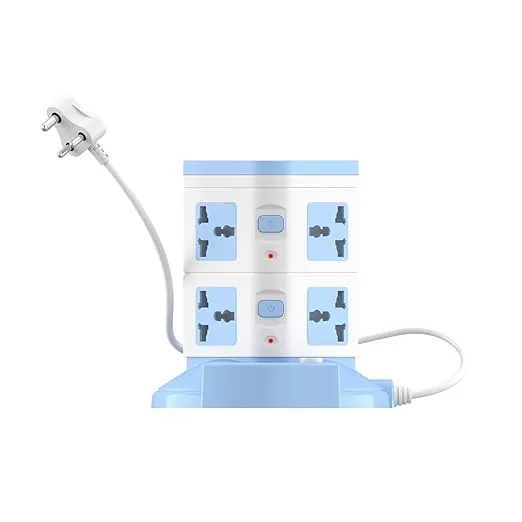
.webp)
.webp)
